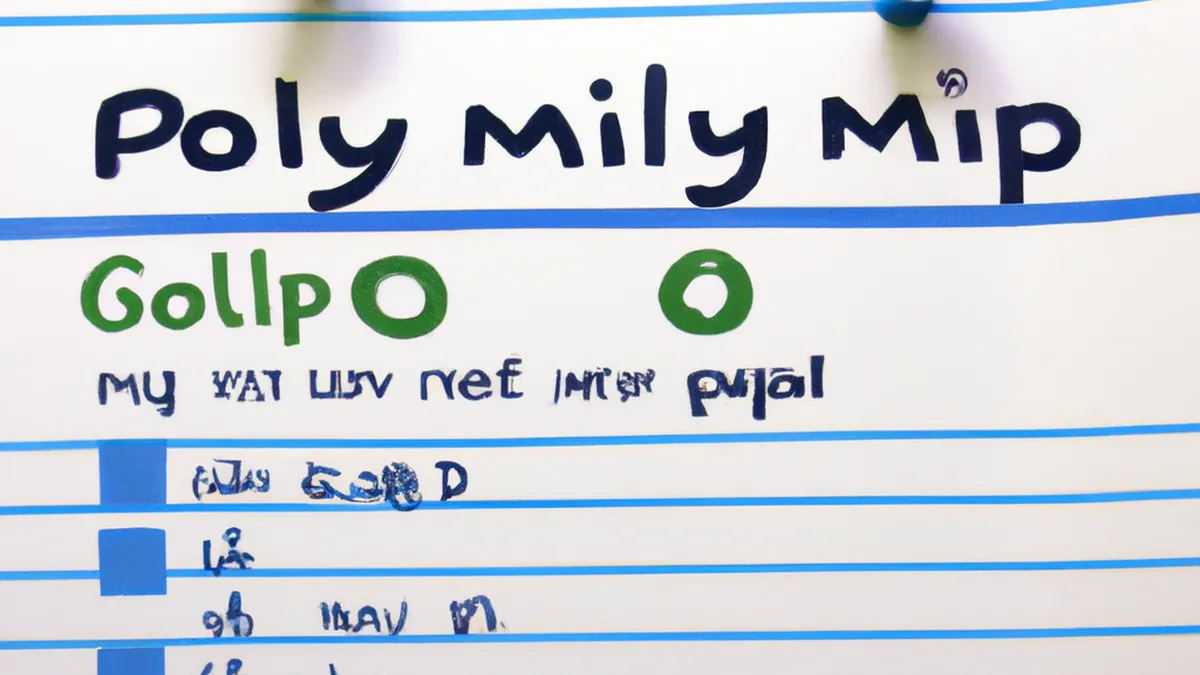Teach Goal Setting Through Fun Activities
How to Use Mini Plyometrics to Teach Kids About Goal Setting
Mini plyometrics involve fun exercises that help kids build strength and coordination. These activities offer a great chance to teach goal setting. You can engage kids while showing them the importance of setting and achieving goals. Here’s how to use mini plyometrics to instill valuable life skills in children.
Understanding Mini Plyometrics
Mini plyometrics consist of quick, explosive movements like jumping, hopping, and bounding. These exercises promote agility and power. Kids enjoy these dynamic activities. Tracking progress during mini plyometric exercises sets a solid foundation for teaching goal setting.
Why Goal Setting Matters for Kids
Goal setting gives children a sense of purpose. It teaches them to focus on meaningful achievements. Kids learn responsibility and commitment through goal setting. They gain confidence as they reach their objectives. Mini plyometrics create a fun way to learn these valuable lessons.
Tips for Teaching Goal Setting with Mini Plyometrics
1. **Start with Simple Exercises**: Choose basic plyometric exercises like jumping jacks or squat jumps. Kids should feel comfortable performing these movements.
2. **Set Clear, Achievable Goals**: Help kids set specific, measurable goals. For example, aim to complete ten jump squats in one minute. Ensure the goals remain realistic and age-appropriate.
3. **Track Progress**: Use a chart or app to track each child’s progress. Visual representations motivate kids and show how far they’ve come.
4. **Celebrate Achievements**: Celebrate when kids reach their goals! This recognition reinforces their effort and encourages them to set new targets.
Incorporating Mini Plyometrics into Group Activities
Group activities enhance the experience. Organize a mini plyometric circuit. Set up stations with different exercises. Kids can rotate through each station, trying their best at each task. This approach fosters teamwork and friendly competition.
Encourage kids to keep track of their numbers, such as how many jumps they achieve at each station. After the circuit, discuss their achievements. This reinforces the importance of setting goals and celebrating success.
Advice for Keeping Kids Engaged
Maintaining kids’ interest is crucial. Use these strategies to keep them engaged during mini plyometric activities:
1. **Make It Fun**: Incorporate games into the exercises. Turn jump squats into a race or challenge. Kids will enjoy the competition and forget they’re working hard.
2. **Vary the Exercises**: Change the plyometric routines regularly. Introduce movements like box jumps, lateral hops, or jump rope. This variety prevents boredom and encourages continuous improvement.
3. **Use Positive Reinforcement**: Always provide encouragement. Praise their effort, whether they succeed or not. Positive reinforcement builds self-esteem and motivates them to keep trying.
Benefits of Mini Plyometrics and Goal Setting
Engaging in mini plyometrics while setting goals offers many benefits:
1. **Physical Development**: Kids improve strength, speed, and agility through plyometric exercises. This development is crucial for overall fitness.
2. **Mental Resilience**: Kids learn perseverance by setting and achieving goals. They discover that hard work pays off, which is essential in life.
3. **Social Skills**: Group activities foster teamwork and communication. Kids learn to support each other and celebrate successes together.
4. **Confidence Building**: Kids gain confidence as they achieve their goals. This self-esteem can translate into academics and social interactions.
5. **Life Skills**: Goal setting extends beyond sports. Kids learn to plan, prioritize, and work toward success in various life aspects.
Conclusion
Using mini plyometrics to teach kids about goal setting proves effective and enjoyable. It combines physical activity with essential life skills. By setting achievable goals, tracking progress, and celebrating successes, children learn the value of commitment and perseverance. They develop physical abilities and gain confidence and resilience. Encourage kids to embrace challenges and celebrate achievements. Empower them to set and achieve goals throughout their lives.
Below are related products based on this post:
FAQ
What are mini plyometrics and how can they help in teaching kids about goal setting?
Mini plyometrics are quick, explosive movements such as jumping, hopping, and bounding that help improve strength and coordination. They create an engaging environment for children to learn about goal setting by allowing them to set specific, measurable targets, track their progress, and celebrate their achievements.
How can parents or educators set achievable goals for children during mini plyometric activities?
Parents and educators can help children set achievable goals by choosing simple exercises and ensuring the goals are specific and realistic. For instance, aiming to complete ten jump squats in one minute can be a clear, measurable objective that is appropriate for their age and skill level.
What benefits do children gain from combining mini plyometrics with goal setting?
Children gain numerous benefits from combining mini plyometrics with goal setting, including improved physical fitness, enhanced mental resilience, better social skills through teamwork, increased confidence from achieving their goals, and essential life skills like planning and prioritization.















Post Comment